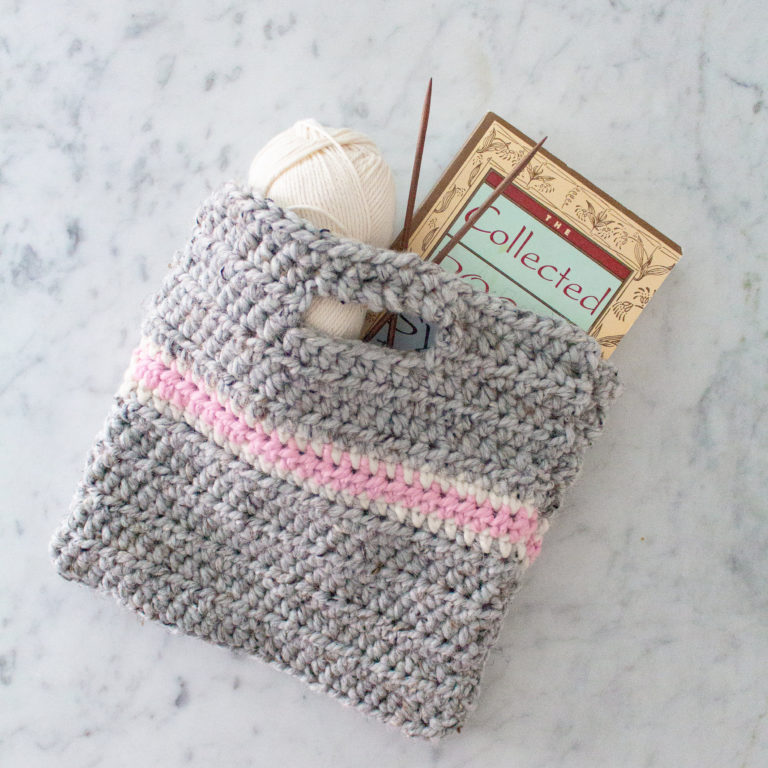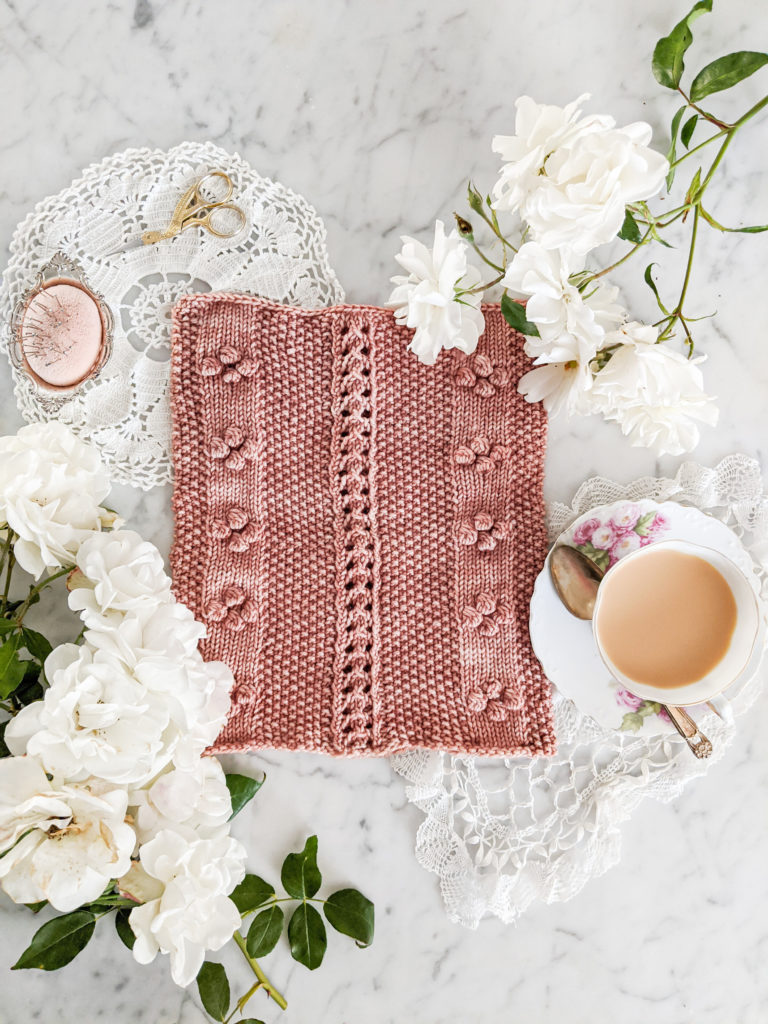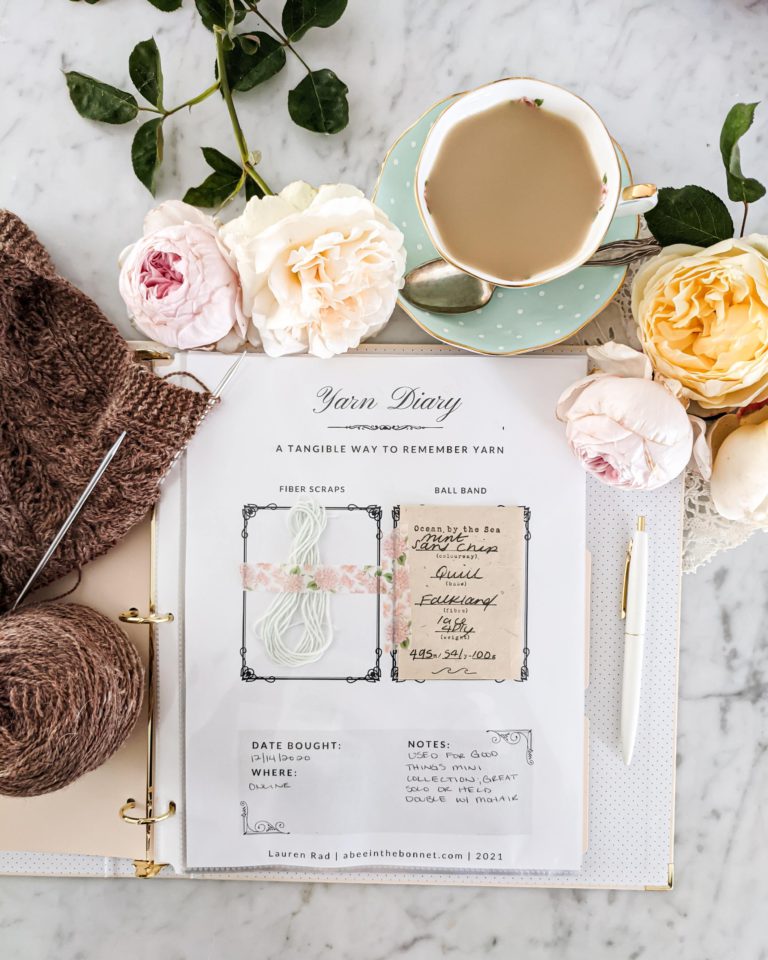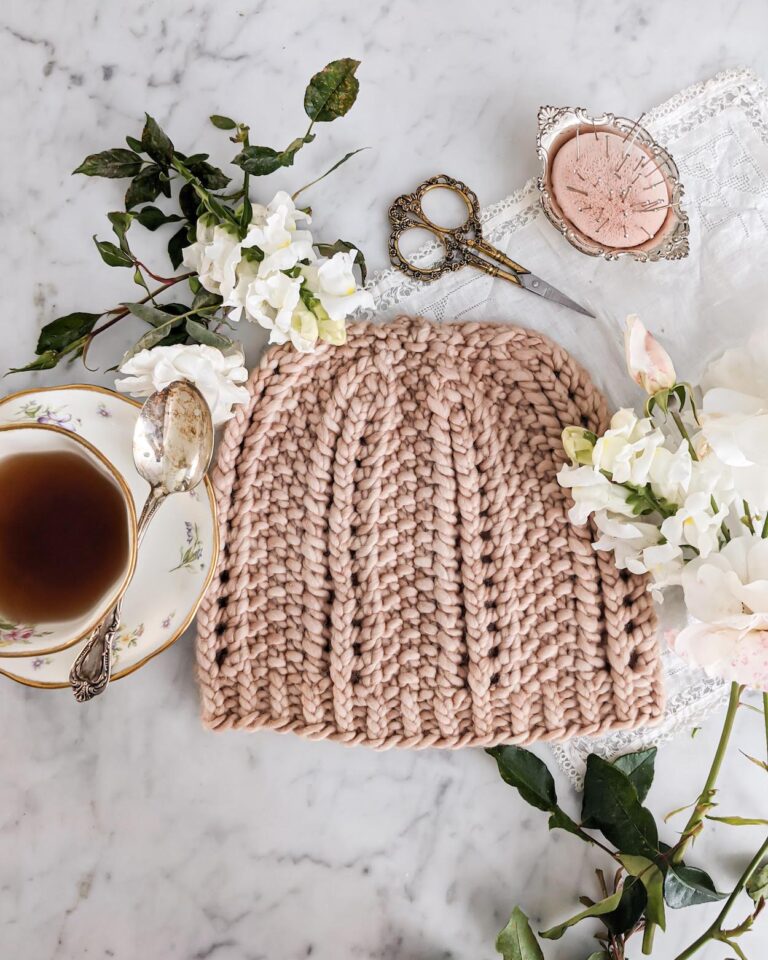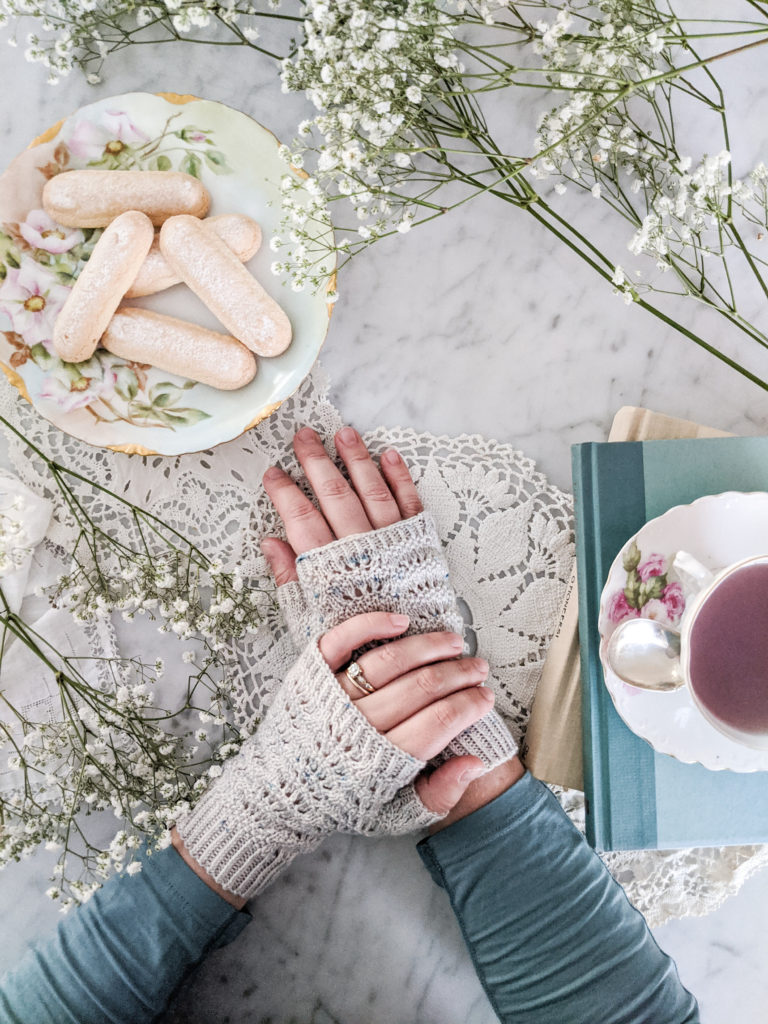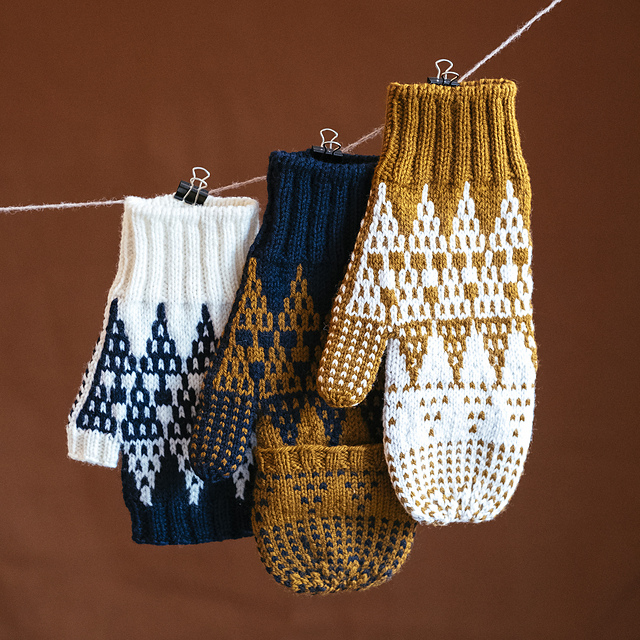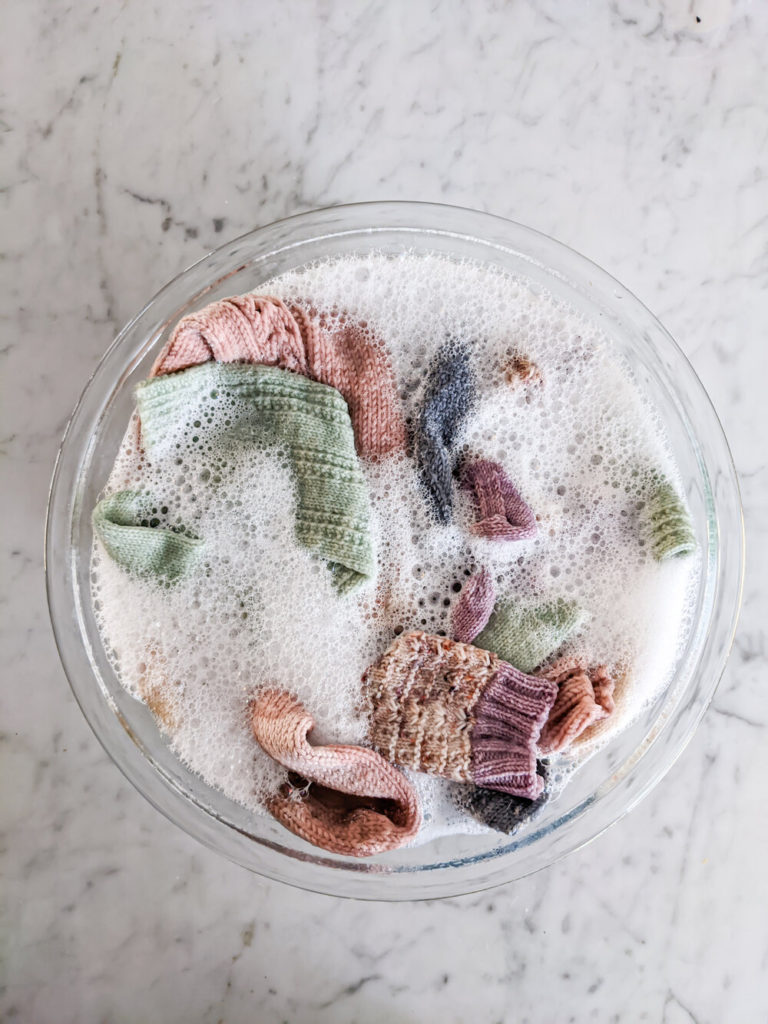
I love hand knit socks for a whole bunch of reasons, but there is one downside to them: compared to a store-bought pair of socks, it sure does take a lot of time to make a pair. When you invest 20 to 40 hours into something you wear on your feet, you find yourself wanting to take slightly better care of them.
Most of us don’t grow up learning to care for clothes aside from throwing them in the washing machine and then putting them out to dry on the line or chucking them in the dryer. Almost none of us grow up learning how to wash wool socks by hand.
I had to learn how to wash my handknit socks through trial and error. I’d like to save you some of that effort! So here are some dos and don’ts of caring for your handknit socks to help them last as long as possible.
1. Do wash your hand knit socks in cool water.
Whether you are hand washing or machine washing, use cold water or lukewarm water (at the warmest) to wash socks. That will help keep colors from running and will avoid putting unnecessary stress on the fibers. Using very hot water can help break down natural fibers faster.
You can also skip the hot water because cleaning socks doesn’t require a ton of heat. Depending on what’s on your socks, heat could actually cause permanent staining, and washing your socks in hot water could also help cause felting (more on that in a minute).
High heat will just case damage, whether that’s in the washing or the drying stage. You can skip it.
2. Don’t wash your knit socks with too much agitation.
This means you have two washing options, generally. The first is to hand wash them. The second is to send your knit socks through the washing machine in a mesh bag and use the gentle cycle.
I generally avoid washing socks in the machine if I can, though. Agitation, soap, and water is the way to felt wool, and if you add heat to the mix, you’ve got a recipe for ruined socks on your hands. Unfortunately, I’ve managed to felt even superwash wool socks. For me, it’s just not worth the risk.
So as I mentioned above, I usually just put my socks in a sink or large bowl, cover them with lukewarm water, and let them sit for a while. That gets them pretty clean, and then I go back in to rub gently at tougher spots. I’ll also swish them around in the water a little bit. Definitely do not scrub vigorously at your socks.
3. Do drip dry your knit socks.
Regardless of how you wash your handknit socks, keeping them out of the dryer is super important if you want to avoid felting them.
When you’re done washing your socks, it’s important to remove excess water so they dry quickly without smelling musty. You can do that by rolling them up in a dry towel and stepping on it, or by sending them through the washing machine on the spin cycle only (if you hand-washed them).
I’ve become a fan of line drying a lot of clothing. I bought a pretty bamboo foldable drying rack that I use to dry my socks. It’s also great for workout clothes with a high spandex content, anything made of linen, and anything else that I want to take extra good care of. You can find the one I bought by clicking this link. Not an affiliate link, I just really like the rack and want to share.
Don’t feel like you need to put each pair on sock blockers, though. If you’ve blocked them on blockers once before, they tend to retain the memory of that original shape, even after wearing and washing. You can just lay them flat to dry.
When you set your socks out to dry, try to keep them out of direct sunlight, especially if the sock yarn you used was dyed using natural materials. Direct sunlight can fade your socks a lot more quickly than you might expect.
4. Don’t wash your hand-knit socks too often.
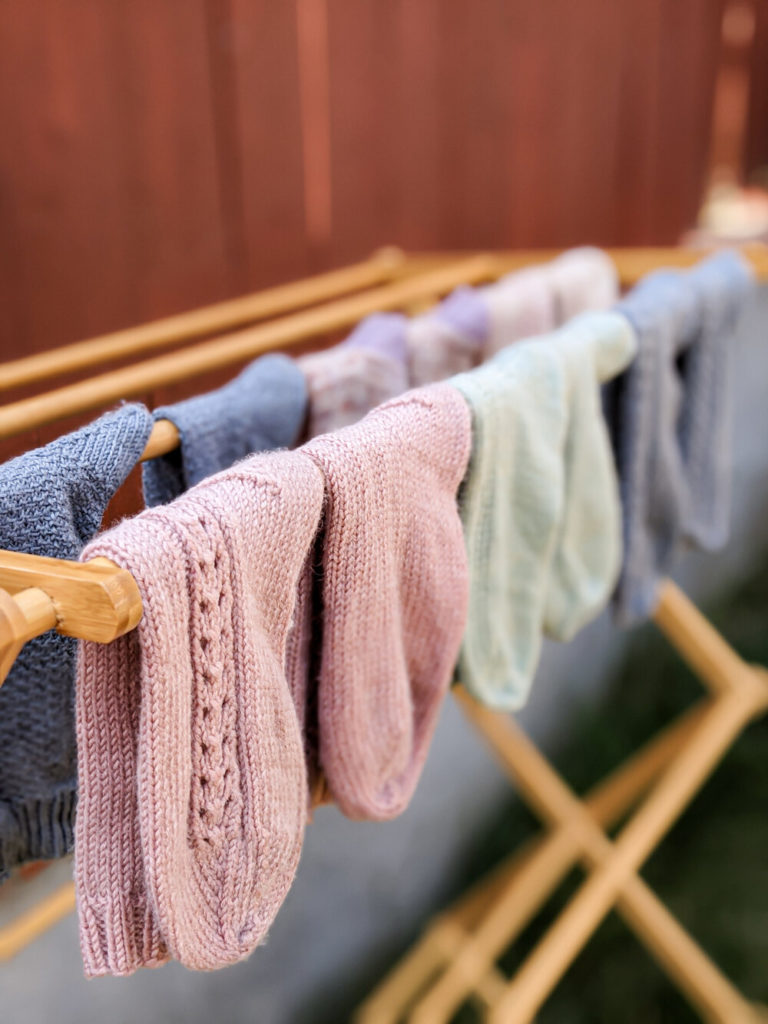
This sounds a little odd, but frequent washing causes more wear of your socks. If you wash them every time you wear them, they’ll start showing signs of wear that much sooner.
As mentioned above, wool is naturally an odor-resistant material. If the socks are not dirty or smelly, you can set them aside and wear them a few times before washing them. If you’re like me and tend to only wear your socks around the house or while you’re sleeping, you can go quite a while without having to wash them.
5. Do treat your knit socks like normal socks that you can actually wear.
This might seem counterintuitive, after all the instructions I’ve just given you about how to take care of them. The truth is that there is no point in having all of these beautiful handknits that you never use.
Either you wear holes in them or the moths will, so you might as well get some enjoyment out of the whole making process. Being too precious about your knit socks will mean you don’t get to spend as much time with them.
Eventually, one way or another, items meant to be worn will get worn out. That’s okay.
6. Don’t store your knit socks willy-nilly.
Treat your hand knit socks like you would treat a nice sweater. Before you put them away for the summer months, give them a good washing, let them dry thoroughly, and pack them up in a container with a cedar sachet or something else that will repel critters. A breathable container will help prevent your knits from getting musty.
You don’t want to open your box of precious handknit socks just as the winter months are setting in, all full of hope for warm toes, only to find they’ve all been gobbled up by moths, silverfish, or carpet beetles.
Bonus: think hard about whether you want to use any detergent, and if so, what kind.
There are some dyes that can be stripped or otherwise damaged if you use even gentle detergents. As a result, I try to avoid using even mild detergent on my socks unless they’re really in rough shape.
I find that a long soak in a cold sink followed by gentle hand agitation and a little rubbing with my thumbs is usually enough to get any grime out. Because wool is naturally odor resistant, the socks usually don’t get too stinky.
Your mileage may vary, though, and I am always in favor of things being thoroughly clean over their being perfectly pristine. You probably don’t want to use your regular detergent, though, because it’ll be too strong. If you’re concerned about the dye being colorfast, try soaking some scraps of leftover yarn, first. You can also try using a wool wash like Soak or Eucalan, which are formulated for delicate wool items and will be less likely to cause felting.
Frequently Asked Questions about Caring for Handknit Socks
Let’s also clear up some FAQs while were here.
FAQ: Do I need a special wool detergent to wash my knit socks? Not necessarily, though many knitters like to use them. I tend to just give mine a sock in room-temperature water and save the detergent for when they’re really grimy. Many wool detergents are scented, so if that’s an issue for you, check out the unscented versions of Eucalan and Soak.
FAQ: Can merino wool socks go in the dryer? Generally no. Untreated merino wool will felt if you put it in the dryer. Even if the yarn has been treated to be superwash, it’s probably best not to put your merino wool sock in the dryer because you still run the risk of felting them to a lesser degree. Over time, that felting will add up and render the socks stiff, uncomfortable, and even unwearable.
FAQ: Should I use fabric softener on my knit socks? No. Fabric softener is generally not a good idea for any of your clothing, but its especially not a good idea for knit socks. The waxy residue from fabric softener can build up on the wool fibers over time, making them less absorbent and therefore less suited to keeping your feet warm and dry.
FAQ: Should I skip the hand washing and go straight to dry cleaning? You can, but it’s not necessary. Paying to dry clean your handknit socks would add up pretty quickly, and the process of soaking, rinsing, and setting them out to dry doesn’t take that long.
FAQ: Can I use these same techniques to care for other wool clothes? For most of them, yes. I’d be reluctant to launder fine wool suiting myself, especially jackets, but I use these same methods for my hats, scarves, and sweaters. When in doubt, check the care label.
FAQ: Do I need to be this careful with socks knit from other materials? That depends. If you’re using other animal fibers, such as cashmere, angora, or alpaca, you should still follow these care guidelines. If you’ve got handknit socks knit from synthetic fibers, like acrylic, or you’re washing cotton socks, you can be a little less careful with them. Synthetic fibers and cotton won’t felt, but they might stretch strangely, and both will lose their original shape if you dry them on high heat. Air drying or a tumble dry on low heat is the best approach for those materials.
Finally, if you’re looking for a new yarn to try for your next pair of socks or aren’t sure which sock yarn would be best for your needs, check out my top 5 sock yarn recommendations.
With just a little bit of effort, your handknit socks can last through quite a bit of wear. Washing wool socks isn’t nearly as hard as it might seem at first glance. Give your knit wool socks some love, and they’ll love you back!
Let’s stay connected!
Join my newsletter for 30% off all new releases, regular updates with helpful tips and tricks, first crack at registration for upcoming workshops, exclusive discounts, and more.
Join the A Bee In The Bonnet Facebook Group to participate in knitalongs and other fun community events
Come hang out with me on the A Bee In The Bonnet TikTok
Follow along on the A Bee In The Bonnet Instagram
Get inspired via the A Bee In The Bonnet Pinterest

